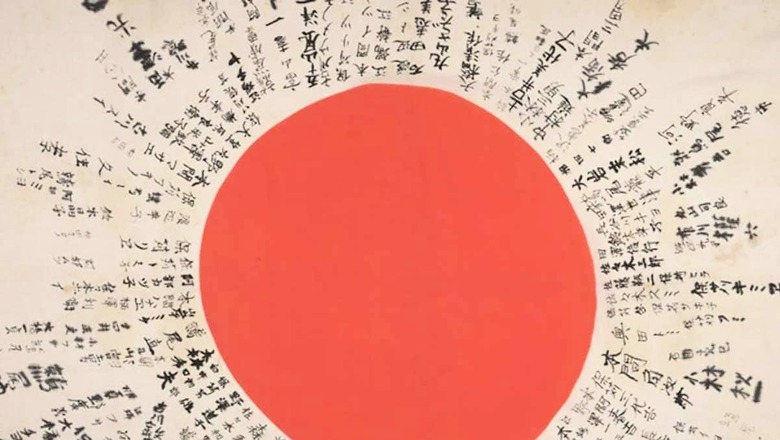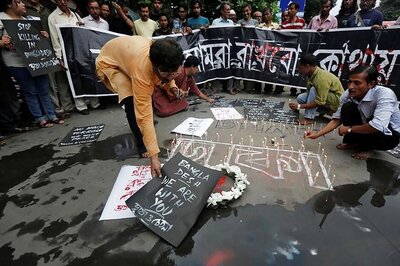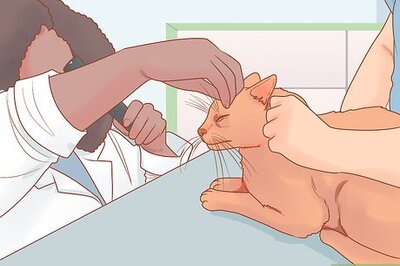
views
A Japanese flag carrying the memory of World War II has returned to its rightful place after more than 80 years. An American man, Scott Stein, first noticed the flag hanging on the wall in his grandfather, Bernard Stein’s house on Long Island. At that time, Scott was growing up in New York. Bernard was part of the US Army during World War II and fought with the 38th Infantry Division in the Philippines. According to Scott, his grandfather brought the flag when he returned home from Southeast Asia. It was a war trophy for Bernard, who later used it as home decor and his family was unaware of its actual history.
“I’d see it every time I went over, and I knew that flag was important to him, even though he never talked about the war. We never knew where he got the flag, but we knew he’d been through some really heavy combat,” Scott revealed to the Washington Post. He brought the flag to his New York home following the death of his grandfather nearly 34 years ago.
Initially, Scott also hung the flag on his wall but later got to learn more details about it. The flag, known as Yosegaki Hinomaru (good-luck flag), belonged to a Japanese soldier named Yukikazu Hiyama. It featured some messages from his friends and family. Each Japanese soldier, who fought in World War II, had one such flag. They used to tuck it under their war uniform as a personal memento.
“I started to realise a while back that maybe it wasn’t the best home decor,” Scott said. He then decided to return the flag to the family of its original owner. He did some online research and learned about the OBON Society, a non-profit organisation which was dedicated to sending these items back to the descendants of Japanese soldiers.
Scott sent a photo of the “good luck” flag to the OBON Society. After putting in much effort, the organisation finally managed to locate Hiyama’s only surviving child, Tsukasa Hiyama. The 81-year-old was residing on the Japanese island of Honshu. He had no idea about his father, who had served in the Imperial Army during World War II and was killed on the battlefield in 1945.
“For Tsukasa, it was a fulfilment of his mother’s hope that her husband would one day return to them. After he received the flag, he took it to his mother’s tombstone and unfurled it.” Rex Ziac, the co-founder of the OBON Society told the Washington Post.
As per the organisation, these flags were like “a love letter to each soldier.” The society has already returned 600 items from the US War Museum to the families of Japanese soldiers.




















Comments
0 comment